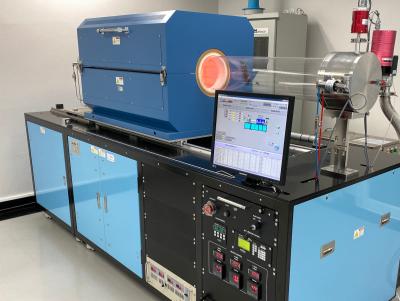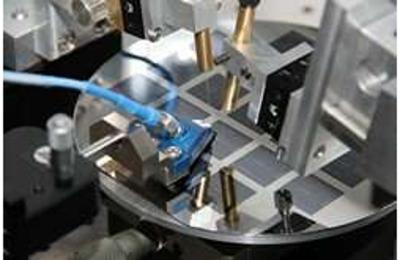Researchers at Graphene Flagship partners the University of Cambridge, UK, Ecole Polytechnique Fédérale de Lausanne (EPFL), Switzerland, Empa-Swiss Federal Laboratories for Material Science and Technology, Switzerland and Graphene Flagship Associate Member the University of Exeter, UK, in collaboration with colleagues at CSIR-Advanced Materials and Processes Research Institute, India, National University of Singapore (NUS), A*STAR (Agency for Science, Technology and Research), Singapore, the University of Illinois and Argonne National Laboratory, US, have demonstrated that graphene can be used to produce ultra-high density hard disk drives (HDD). This can potentially lead to the development of ultrahigh density magnetic data storage: a big jump from the current one terabit per square inch (Tb/in2) to ten terabits over the same area.
HDDs contain two major components: platters and a head. Data are written on the platters using a magnetic head, which moves above the platters as they spin. The space between head and platter is continually decreasing to enable higher densities. Currently, carbon-based overcoats (COCs) layers used to protect the platters from mechanical damages and corrosion occupy a significant part of this spacing. The data density of HDDs has quadrupled since 1990, and the overcoats’ thickness was reduced from 12.5nm to about 3nm, which corresponds to one Tb/in2. However, a COCs’ thickness of less than one nm would be required to make a significant improvement in data storage and reach a density of 10 Tb/in2.







